Fredrik Paulsen on bringing laid-back style to the age of standards
FREDRIK PAULSEN ON
BRINGING LAID-BACK STYLE TO THE AGE OF STANDARDS
INTERVIEW
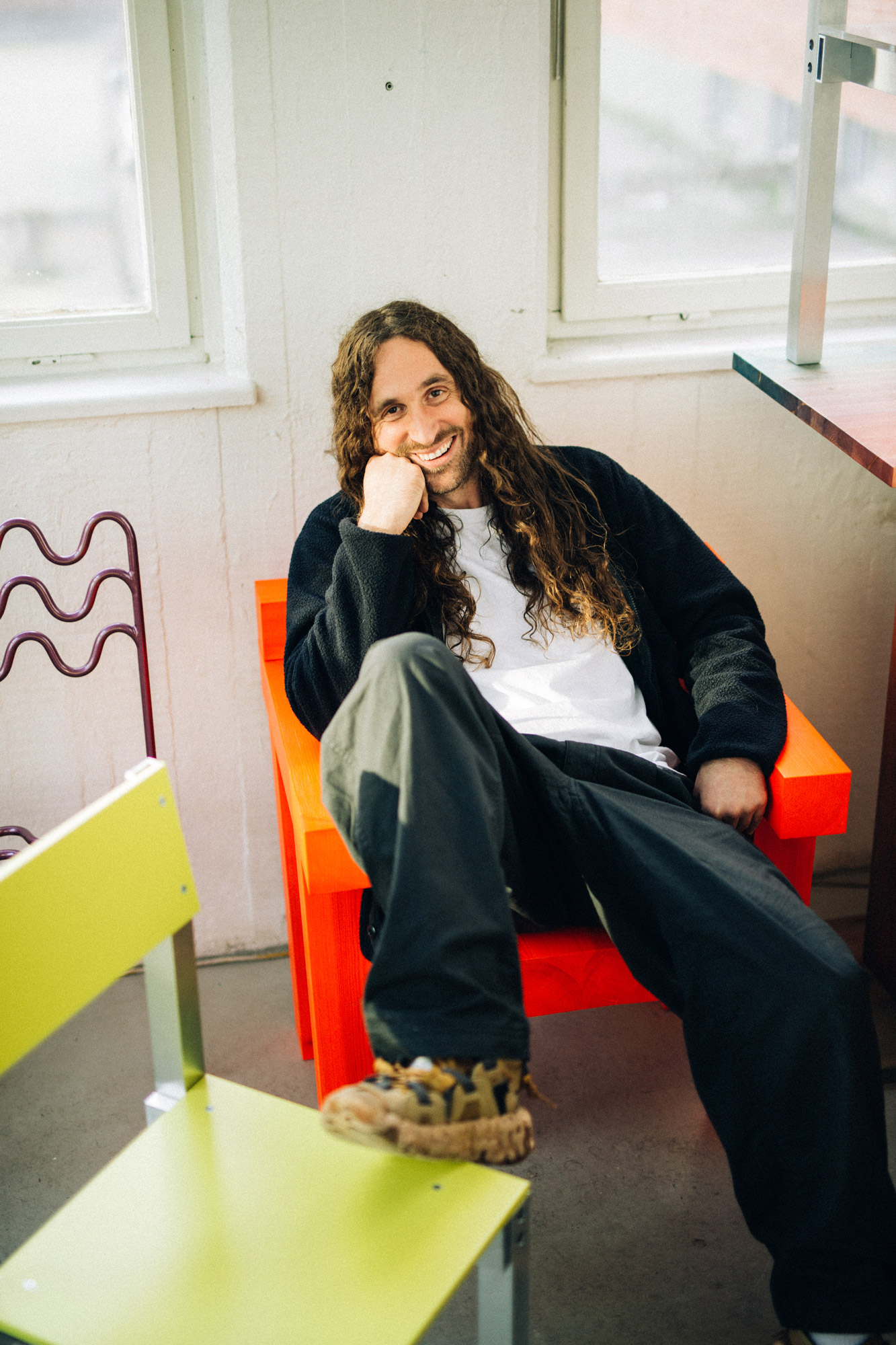
WORDS
Hanna Nova Beatrice
PHOTOGRAPHY
Martin Bruzewitz
“I want to make furniture that feels relevant,” says Fredrik Paulsen. “I’ve always liked to broaden the idea of design and bring other expressions in to what I do. I think it comes from my interest in pop culture; to me everything is intertwined, from furniture and music to food and fashion. We just use different tools.”
Paulsen grew up in the south of Sweden, did his MA at the Royal College of the Arts in London and eventually settled in Stockholm in 2010. He lives with his partner and their nine year old daughter in a leafy suburb with housing built predominantly in the 60s. The apartment is unpretentious, much like Paulsen himself, who favours simple materials and an honest approach, regardless of platform or client.
His collaboration with the Finnish newcomer Vaarni is a match made in heaven; Paulsen’s unapologetically brutalist dining chairs in pine have become the brands best selling products, mirroring a growing interest in a new Nordic vocabulary. Paulsens own brand Joy objects is also a part of this wave, weather he wants it or not. He founded the company two years ago with the intention of “bringing laid-back style to the age of standards.” With small scale production in Sweden and much anticipated launches, the objects are made in recycled Hydro aluminium and comes flat packed with an EPD.
“I dreamt of creating something that was personal,” says Paulsen about starting his own company. “Something that had a different appeal, that weaved my different ideas and interests together and reached another crowd than traditional furniture producers do.”
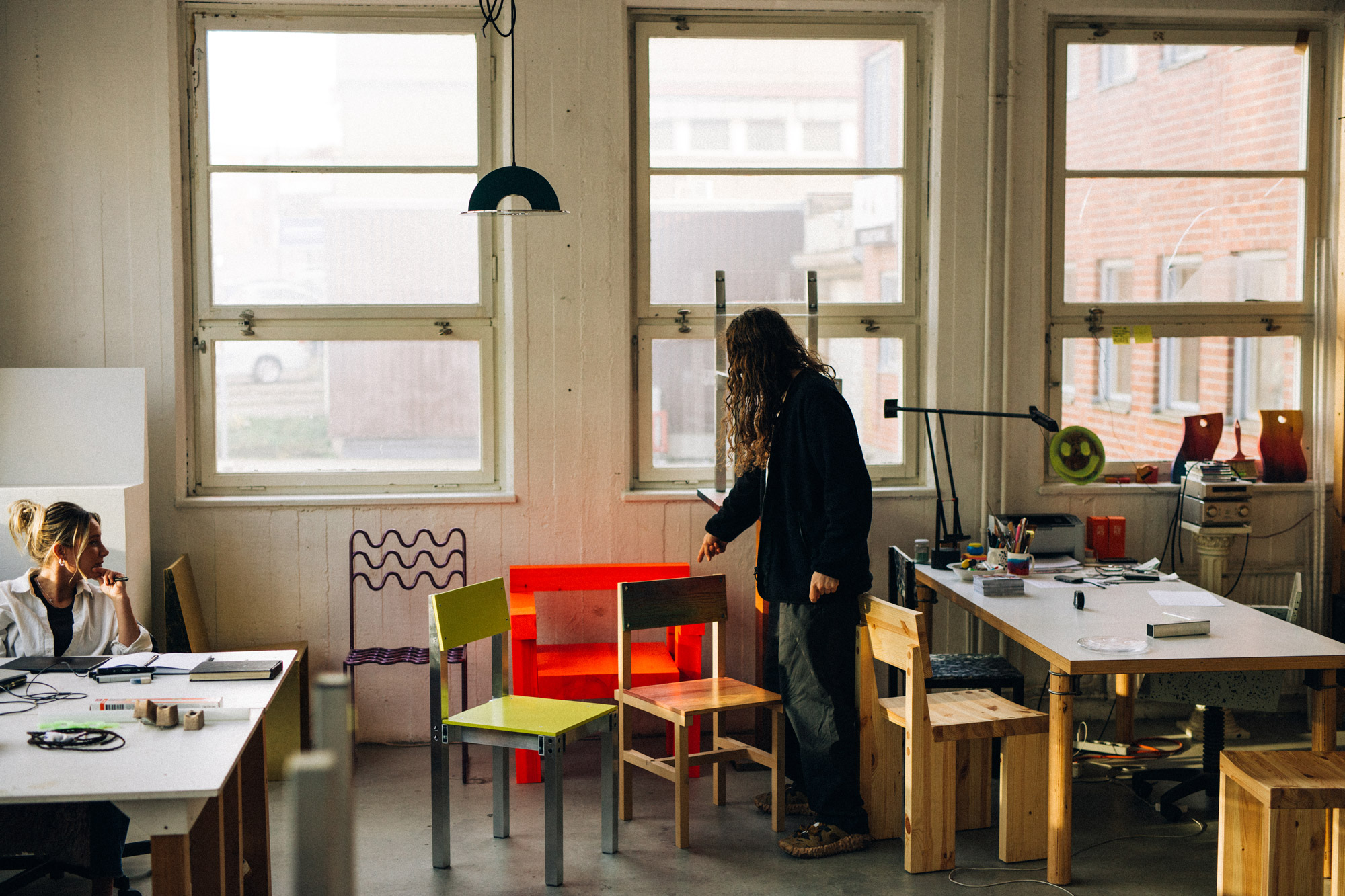
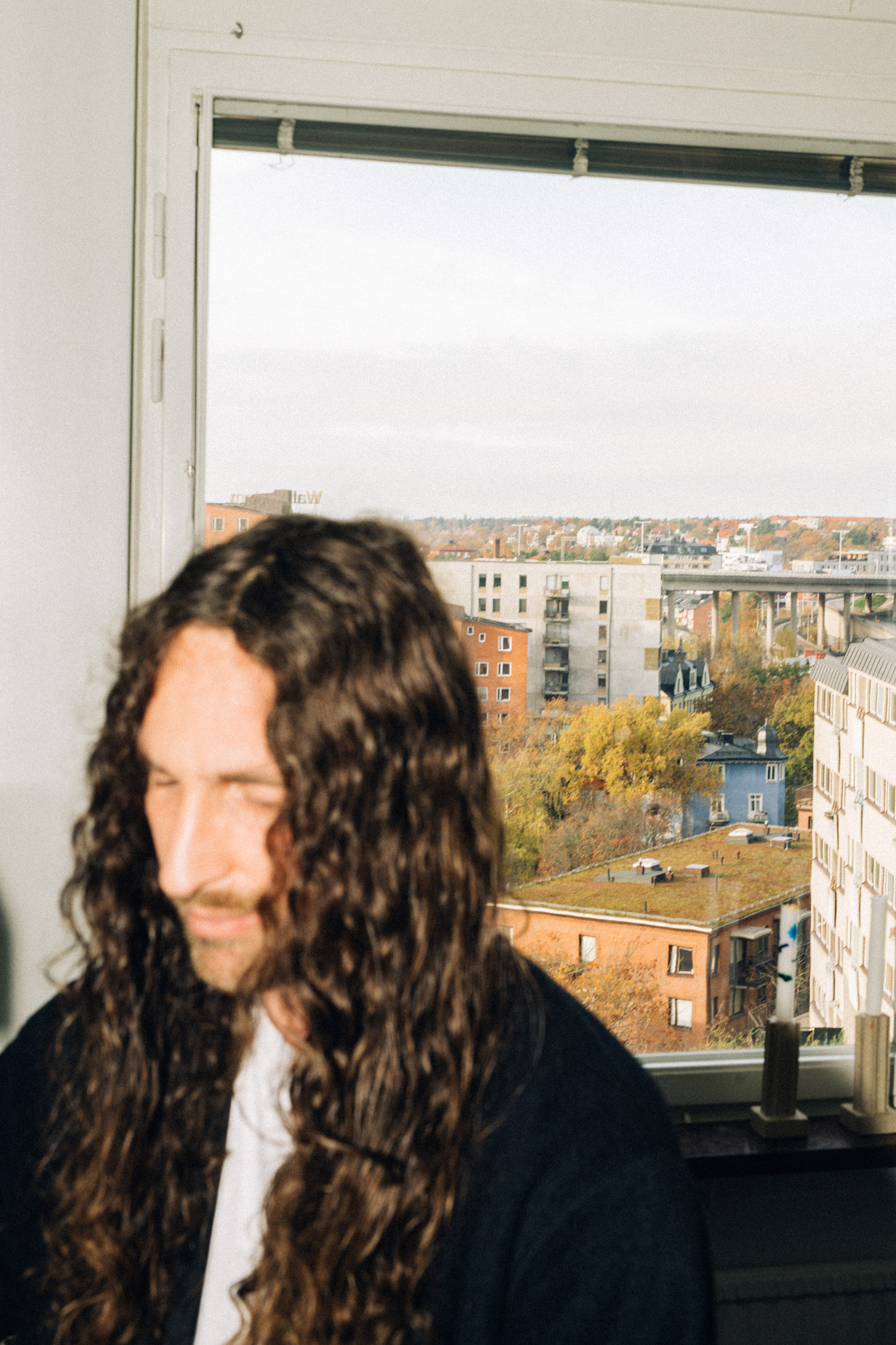
TNE You founded Joy Objects with three friends, how does the set up look?
FP We work quite organically, but we're pretty confident, for better or for worse. We have decided to build a world around the brand based on what we’re interested in. It's the most honest way to create something. What music do we listen to? Which clothes and brands are interesting? It's incredibly exciting and empowering to build a company right now, when the world looks the way it does. If we do something now, we have the opportunity to do something from scratch, which is good in every respect. We can also reach out to the customer directly, the target group is no longer anonymous.
TNE Why did you launch it now?
FP There is a crisis in the world, but uncertain times also give birth to great cultural currents. Its an interesting time to reevaluate how we work and how we think about objects. If you design a chair, it has to have a value beyond the functional. It’s so easy that you end up only speaking about the chair you’ve made, without giving it any context. But creating something out of a vacuum is not particularly interesting. The end consumer is attracted to function and aesthetics, but also to what the products stands for. This applies to fashion as well as art and furniture. Sustainability is also about creating a culture around an object, as a way to make it longer lasting.
TNE Would you say it’s a lack of interest in culture in some of today's design companies?
FP It is, and I think it’s because many of today's large companies target the contract market and the architects in charge of the projects, while the fashion world mainly is aimed at the end consumer. They see their products as part of a wider culture and produce items that have relevance here and now. If you see design as a cultural expression, something more than just function, you approach it in a different way.
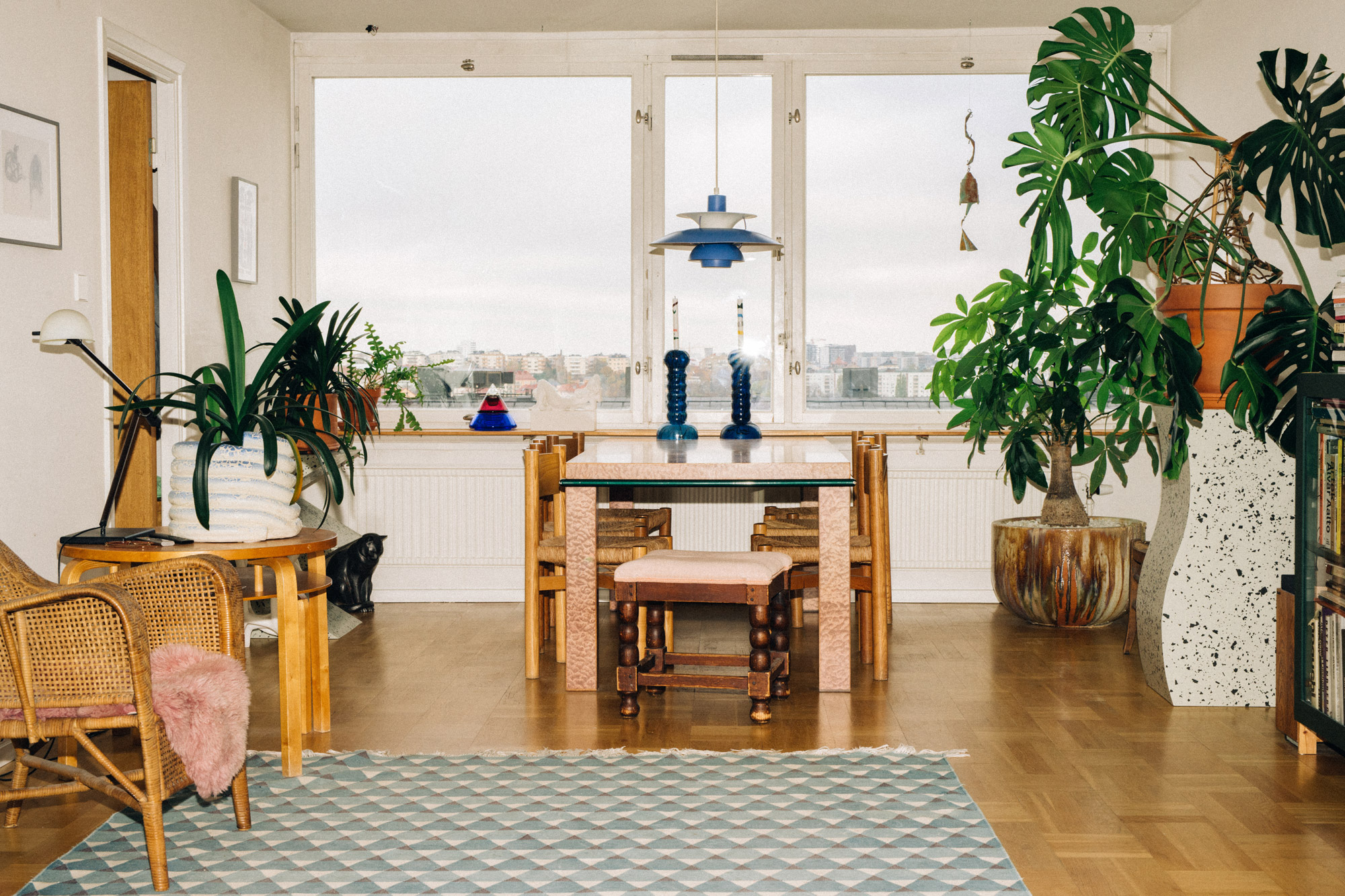
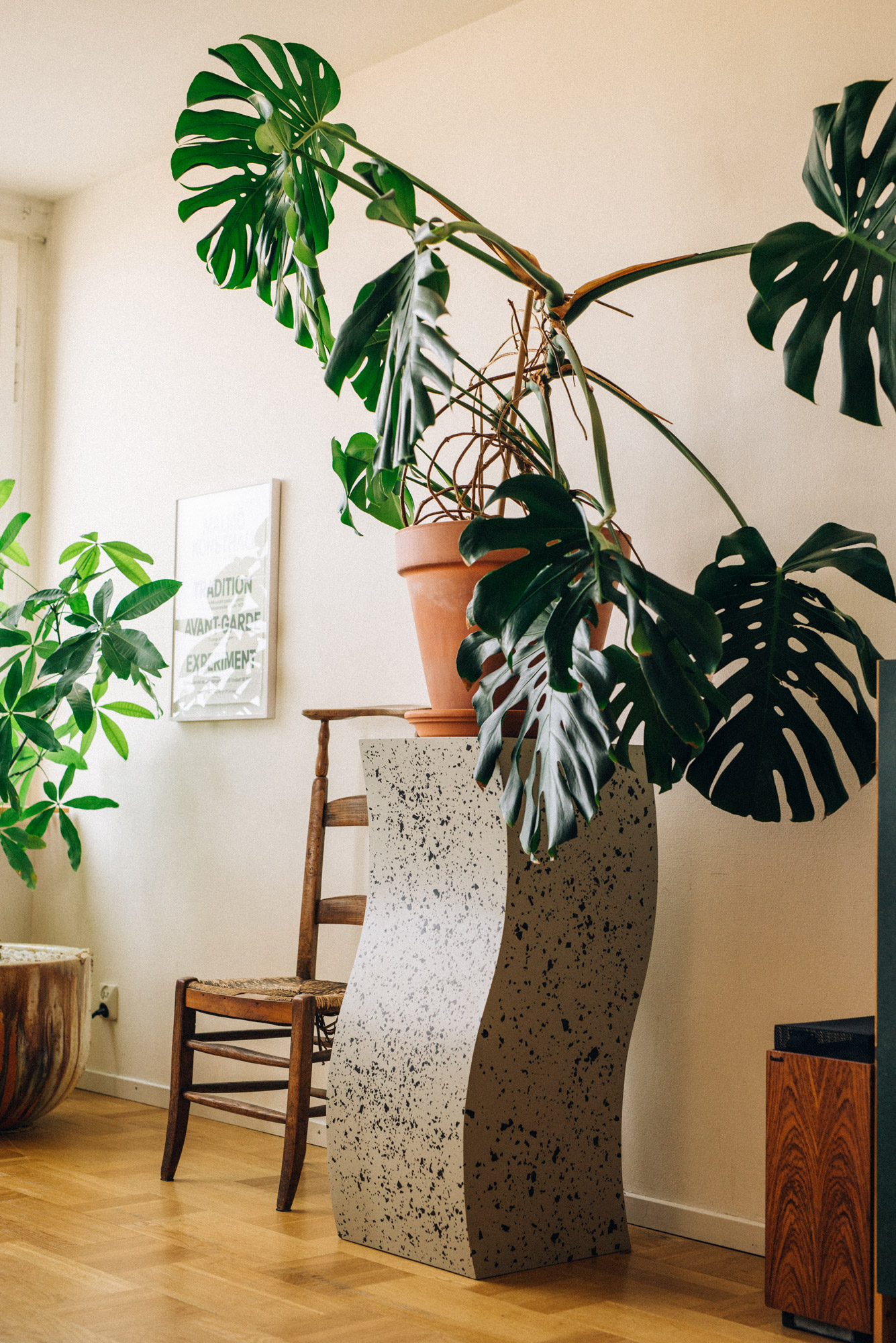
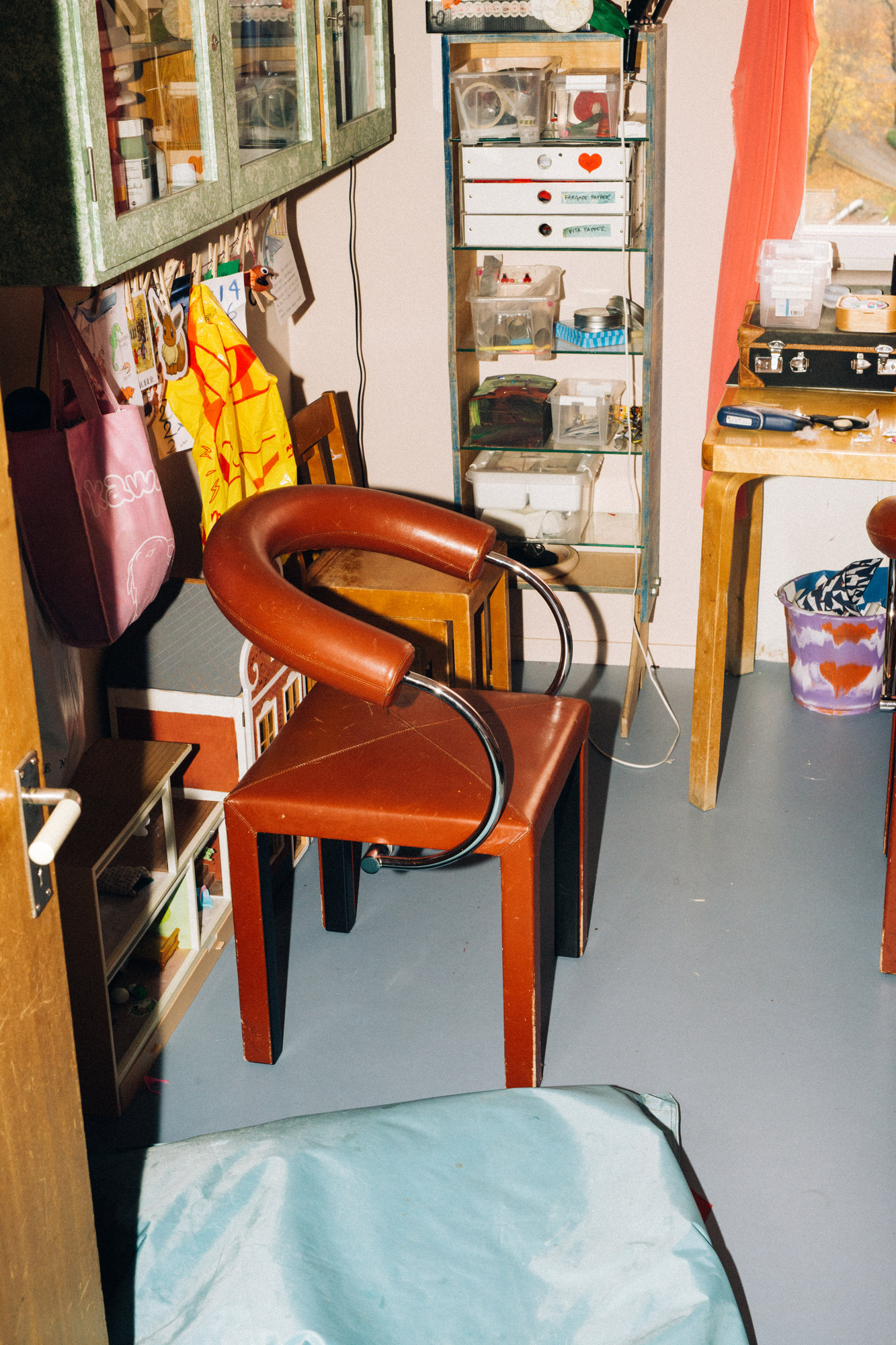
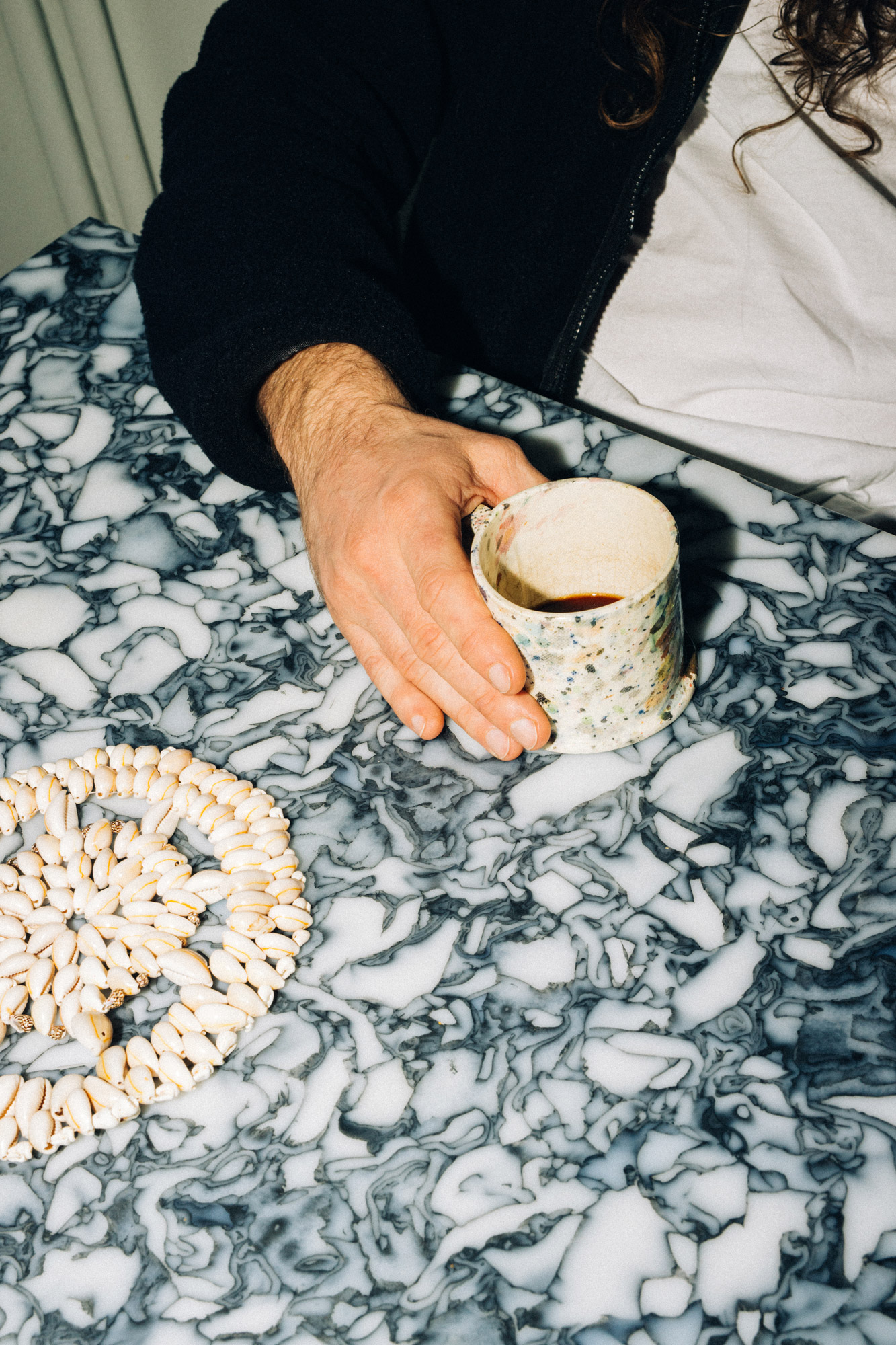
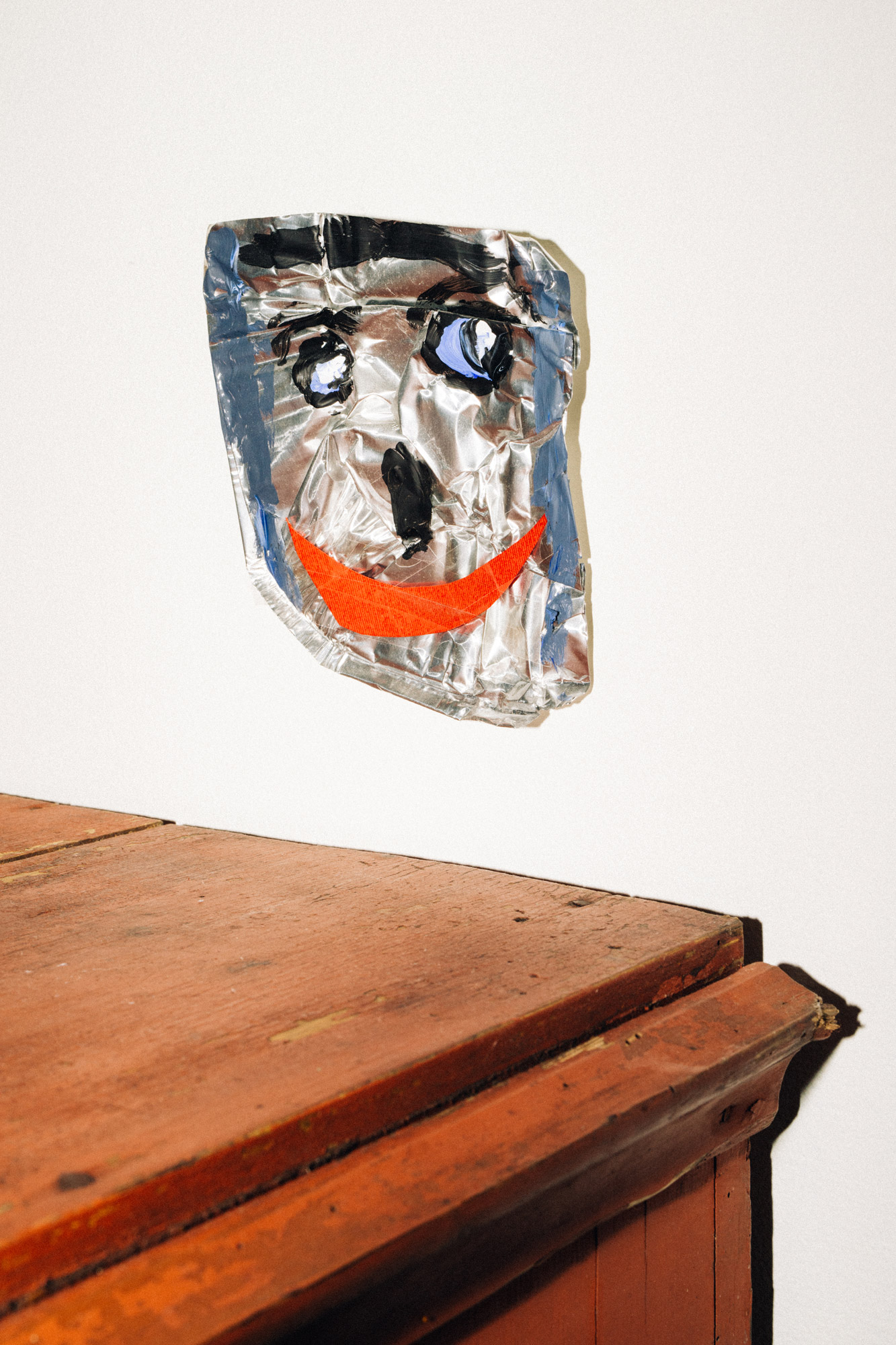
“If you see design as a cultural expression, something more than just function, you approach it in a different way.”
TNE How would you describe your relationship to what you do?
FP In my work I like to use materials that are available to everyone, materials that can be bought in construction and hardware shops, and I like to move between hierarchies and genres and find new ways of doing things. Care is also important to me. I really put my soul into the projects I do and present.
TNE Your collaboration with Vaarni looks like a match made in heaven; it’s a perfect fit. How did that come about?
FP I was very humbled when I was contacted by Vaarni and they asked me to make the first chair in their collection. The chair is the most important product in a collection. I haven't worked with that many producers, as I haven't really felt like I fit in anywhere. I have not really been contacted by any companies either. I guess I haven’t been in a rush either, and it has always felt important to find the right fit, which Vaarni is. People who get an education expect to get a job with a salary straight after their studies. But design is not like that, which creates a large drop-off, and a drive to create lots of products that go into production, in order to get an income. But it never crossed my mind that I would make a living from design in the first few years. I took on extra jobs and treated design as my hobby. I worked as a guide at a museum, I did exhibitions, and I worked as a personal assistant. In that way, design is a bit similar to music and acting. It often takes years to make a living from it. I have not been in a rush.
TNE Is consistency more important today than before?
FP I would say so. Everything around us is quite uncertain and it permeates the whole society. The old channels we used to trust have changed. As consumers we move from one place to another; it’s a tendency we see in society as a whole. What media do we follow, what voices are interesting, what platforms are good? This makes it all the more important to stay trustworthy. If the channels you follow don’t live up to their values, you lose interest. It's a bad deal not to be confident with your target audience. There are incredible opportunities today and from that perspective, the world is quite exciting. I’m happy I have worked consistently to build something long-term.
TNE The last couple of years we’ve seen a string of new companies with different agendas launch. Are we seeing a change in the industry?
FP I hope so! The industry really needs to show more diversity. Most importantly in terms of representation but also in terms of aesthetics.
TNE You and two friends (Kristoffer Sundin and Simon Klenell) started the annual auction event Örnsbergsauktionen in 2012 as a way to reinvigorate the local design scene. How do you look back at this today?
FP I've always liked to broaden the idea of design and look outside of my immediate context. If you are interested in other things, and infuse them in what you do, it becomes more interesting. It creates a context. When I moved to Sweden I wanted to activate my studio, get people together, do group shows and instigate new ways to collaborate. Örnsbergsauktionen was all of that. It showed young designers that it’s possible to work in different ways and that small scale also has its place. The traditional players were completely uninterested in that type of activity, but after a few years the auction became a fixture and something to be reckoned with. The world is a bit more enjoyable to operate in now than it was then. I think this is true for the consumer as well. The cultural offer is more interesting today, and there is so much happening on the design scene right now.
TNE Why do you think platforms like that are missing?
FP The auction was an important project, and really the essence of what I want to do with design. It was self initiated by us and really showed that we can design our own platforms. The first time we did it it came so many people that I panicked. There was a need for it. But I think people sometimes are too comfortable to get these things started. It demands a bit of work. We carried on with these auctions for almost ten years; we did exhibitions, catalogues and live auctions. It brought people together. It had an affect on the design scene.
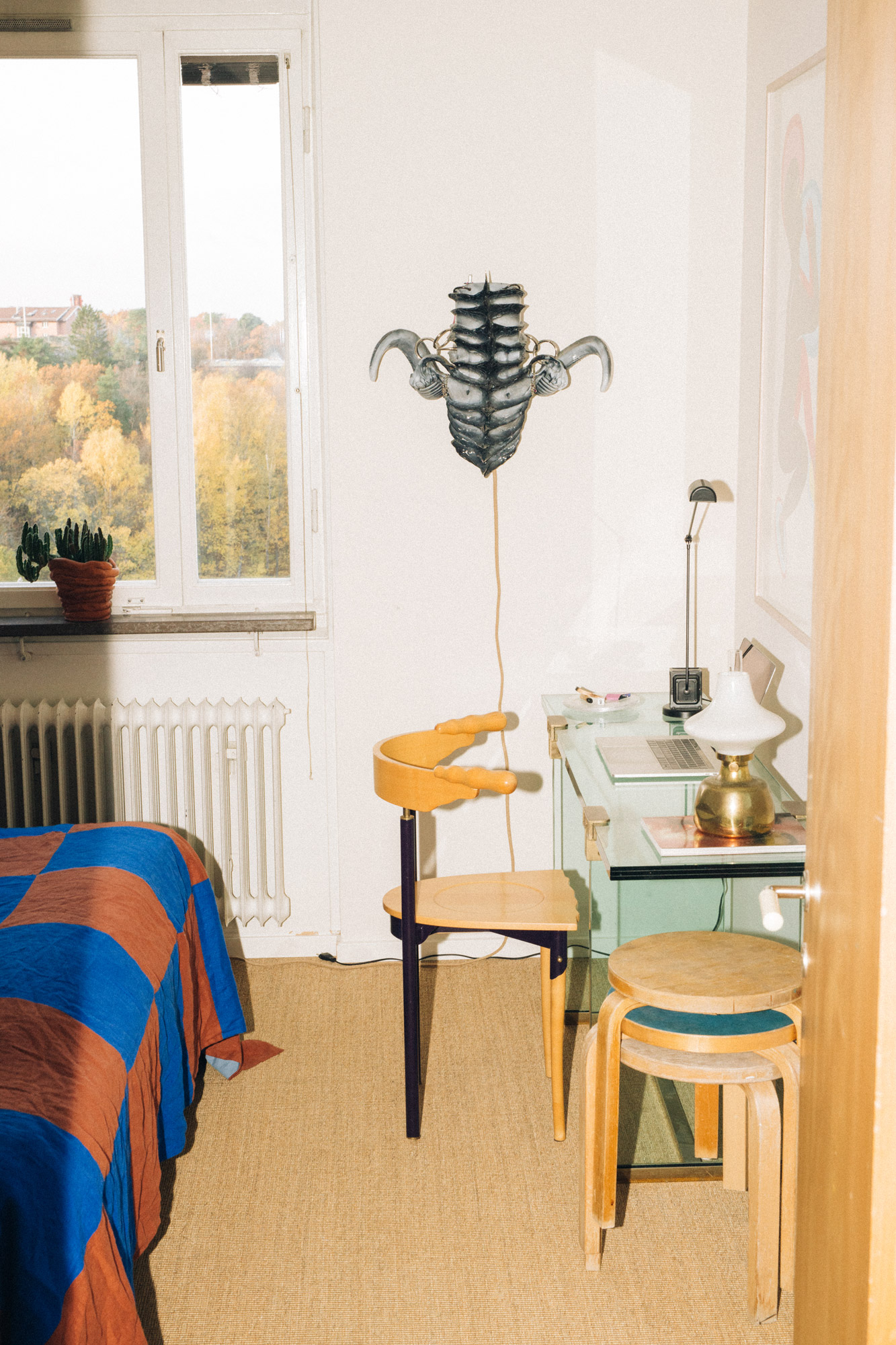
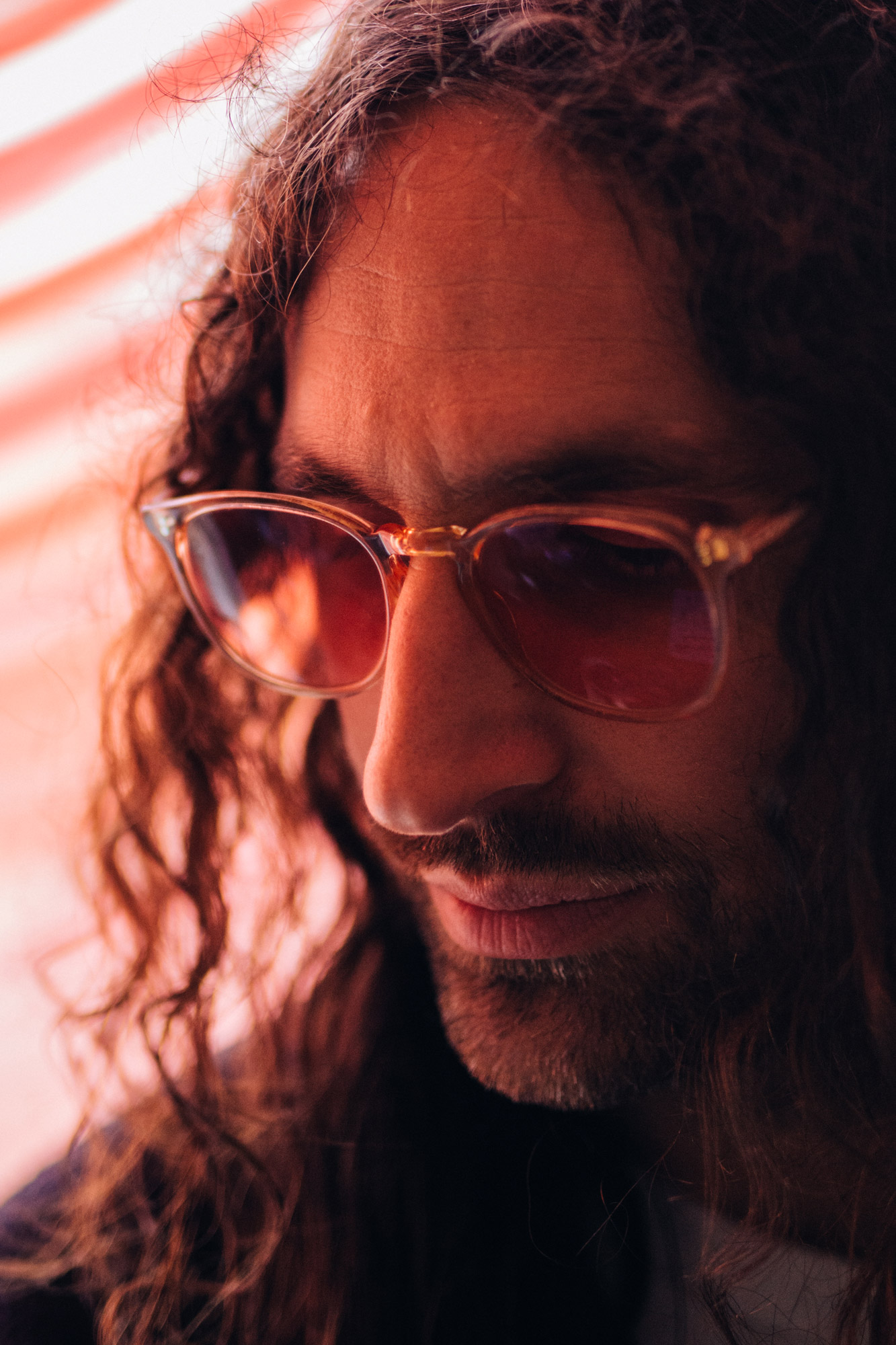
TNE How were your studies at RCA?
FP I had performance anxiety at RCA. I was quite lost. I had Ron Arad as a professor and we clicked, I loved him. My first year was lovely. It felt just right. "I'm going to make you unemployable,” Arad used to say. For our first project he brought in his buddy Ingo Maurer who asked us to make a tribute to the lightbulb. Everyone wanted to show what they could do. I took the cheapest plastic socket with a black cord and dipped the lamp in fluorescent paint. When you turned it off, it didn’t go off completely. Ingo loved it. Ron didn't say much then. But much later he said, that “it was very brave, what you did with that project.” And that was probably the best criticism I got in my entire time at RCA. I guess it’s about finding the essence of what you want to say.
TNE Is Stockholm important to you?
FP My studio has played a huge part in how I’ve built my practice, and much of what I’ve done has had its starting point there. So it’s not so much about the city as it is about my studio. I could live anywhere. I think it’s important to have design and artist studios in a city, it creates opportunities and brings great energy. If all these studios and maker places are demolished in order to make way for genetic housing, something important is lost.
SUGGESTIONS